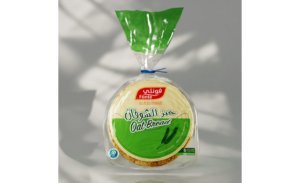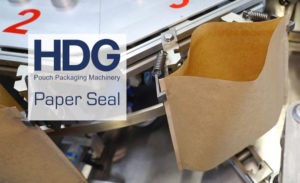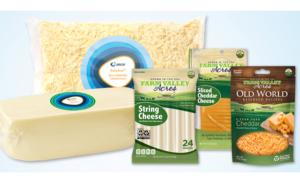
Flexible Packaging Markets
Flexible Packaging Materials & Services
Flexible Packaging Equipment
Flexible Packaging News
Get our new eMagazine delivered to your inbox every month.
Stay in the know on the latest packaging trends.
SUBSCRIBE TODAY!Copyright ©2024. All Rights Reserved BNP Media.
Design, CMS, Hosting & Web Development :: ePublishing










